Historia
The history of Swedish Society for Clinical Chemistry
By Per Simonsson and Nils Tryding
The Swedish Society for Clinical Chemistry (SFKK) was founded in 1954. This year there were 22 hospital laboratories led by physicians. This number was raised over the coming few years to 37, of which some were polyvalent, also including clinical physiology and bacteriology. There was some resistance from other hospital departments to an increasing independence of the biochemistry lab but the increasing work load and its complexity made this specialization necessary and accepted. During the fifties, professors were appointed at the university hospitals.
While the number of members initially was only 26, new members soon joined and in the early sixties the society had 92 members and this was doubled in the seventies and tripled in the eighties. Currently the society has about 400 members. Members now represent all staff of clinical chemistry laboratories; doctors, chemists, engineers, biomedical scientist.
Method standardization was on the agenda during the first years of the society’s existence. Much of this work was later done in Scandinavian collaboration, a collaboration that proved to be most fruitful for the small societies of the Nordic countries. Apart from collaboration within the Nordic Society for Clinical Chemistry the Swedish society also took part in work of NordKem. The Swedish Society for Clinical Chemistry was also represented in international societies such as IFCC, IUPAC, ECCLS and FESCC.
Quality assurance has been a topic for the society all through its almost 60 years of existence.. In 1992 the society was co-founders of the Swedish external quality assurance organization, subsequently known as Equalis. During the following years of implementing accreditation the society was also active in the discussions with the accreditation authority.
Many topics have been on the agenda: Recruitment and training of new clinical chemists, science, collaboration between laboratories and drug effects in clinical chemistry. During recent years the society has initiated consensus documents on the use of markers of cardiac failure and kidney function.
The society has been active in organizing the annual meetings and has every decade initiated the Nordic congress in clinical Chemistry. During the first 50 years the society also arranged special sessions at the annual medical congress of Swedish Society for Medicine.
Since 1975 the membership journal has been published quarterly until 2012. During the last decade the homepage (www.kliniskkemi.org) has become increasingly important as a tool for communication with the members and nowdays the homepage is the principal tool for communication.
References :
